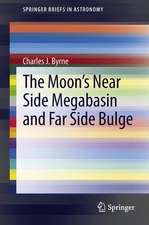Careers in Aerospace Engineering
Autor Institute for Career Researchen Limba Engleză Paperback
Preț: 64.94 lei
Nou
Puncte Express: 97
Preț estimativ în valută:
12.43€ • 12.97$ • 10.26£
12.43€ • 12.97$ • 10.26£
Carte disponibilă
Livrare economică 25 martie-08 aprilie
Preluare comenzi: 021 569.72.76
Specificații
ISBN-13: 9781515321521
ISBN-10: 1515321525
Pagini: 34
Dimensiuni: 152 x 229 x 2 mm
Greutate: 0.06 kg
Editura: CREATESPACE
ISBN-10: 1515321525
Pagini: 34
Dimensiuni: 152 x 229 x 2 mm
Greutate: 0.06 kg
Editura: CREATESPACE





























